Column
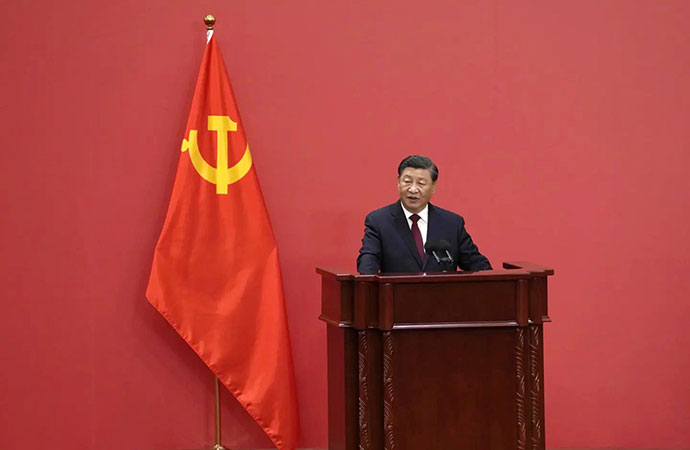
Chinese President Xi Jinping. Photo: AP/UNB
Standing on top of Tiananmen Gate, Chinese President Xi Jinping said that his great nation now feared no one. What followed his declaration was a spectacular military parade to mark the end of World War II in Asia in 1945, when China repelled Imperial Japanese invasion and occupation on the Eastern Front and allowed European powers to consolidate their victory over Nazi Germany on the Western Front so that anti-Fascist forces could triumph together globally. Actually, it needs to be remembered that World War II began in Asia long before it did in Europe: in 1937 with the Second Sino-Japanese War, before the German invasion of Poland in 1939. Indeed, the Japanese invasion of Manchuria in 1931 set the stage for what would be called World War II ultimately. Hence, China was crucial to the unfolding of world history in the warring first half of the 20th century.
Today, in the first half of the 21st century, it is commendable that China fears no one. Why should it? China is well on its way to reversing the legacy of a century of humiliation that began with the First Opium War of 1839 to 1842 and ended only in 1949 with the triumphant arrival of the People's Republic of China. That point was underlined at the military parade, where China revealed its newest submarine drones, laser weapons and intercontinental ballistic missiles. Also, Beijing sent a diplomatic message to the rest of the world when Russian President Vladimir Putin and North Korean leader Kim Jong-un (along with many other heads of nations) joined President Xi in a gesture of defiance to the contemporary West. Its historical predecessor had inflicted the century of humiliation on China.
That humiliation will not be repeated. The BBC's Security Correspondent Frank Gardner wrote: "Today's People's Liberation Army (PLA) and its equipment is unrecognisable compared to the outdated force of 20 years ago, which lagged far behind the West. Beijing's strength is not just in its numbers, backed by its huge economy, but by increasing innovation and self-reliance. Its hypersonic glide and cruise missiles, for example - weapons that travel at above Mach 5 - are largely unmatched by anything the US or its allies have in their arsenal. Its J20 'Mighty Dragon' fighter jet employs 5th generation stealth technology while its navy is expanding at breakneck pace, due to China's huge capacity for shipbuilding."
Gardner added a cautionary note. "But aside from a few minor border skirmishes with India, China's military has not fought a war since its ill-fated invasion of Vietnam in 1979, where it had to withdraw with significant losses," he wrote. "A major question mark remains over whether the PLA, with its rigid hierarchy and doctrine, is capable of effectively coordinating all these formidable assets to fight an all-arms campaign: on land, at sea, in the air, space and cyberspace."
That remains to be seen. However, along with technological prowess, there is a political process. It is all but impossible to predict winners and losers at the end of a war - for the simple reason that, were accurate predictions possible, the losing side would refuse to fight in the first place and thus there would be no war. Hence, in the event of the next war, there is no knowing which of the belligerent sides will win. In fact, no one knows which countries each side will consist of. Japan entered World War I as an Allied power, and used the conflict to expand its influence in Asia and the Pacific. Those ambitions thwarted, Japan joined the Axis powers in World War II and launched an aggressively expansionist campaign across the Asia-Pacific. Japan remained the same country, but the sides had changed. So, it is the political balance of power that will determine outcomes in the next global war, apart from the military balance of power.
China's Choice
No matter which way things turn out, China would be wise to avoid what I would call the Japanese trap: the idea that any hegemonic Asian power could use the continent as a base in order to control the world. That is what the Japanese tried to do with the Greater East Asia Co-Prosperity Sphere during World War II. As the Encyclopaedia Britannica explains brilliantly, "the Japanese concept of a unified and self-sufficient bloc in the Asia-Pacific region under Japanese control' was meant to be "Japan's ideological new order, which would amount to a self-contained empire stretching from Manchuria to the Dutch East Indies and including China, French Indochina, Thailand, and British Malaya as satellite states... Japan intended to ensure its political and industrial hegemony over the region while excluding from it both European imperialism and communist influence. In reality, many countries within the [sphere] were exploited by Japan for its war effort. The [sphere] collapsed with Japan's surrender to the Allied powers in September 1945".
The imperial Japanese slogan was "Asia for Asians" when the truth was "Asia for Japan". Japan's defeat ended that lie, and China had everything with ending the neo-imperial lie, which was in the tradition of Western imperialism and colonialism. Hence, every Asian today should be proud of China's military might, which was on spectacular display at the Beijing parade.
It has been 80 years since the end of imperial Japan. Japan now is a different country. China is the primary Asian power today. It is powerful enough to choose between peace and war in the world. It says that it believes in peace. That is good. But capabilities determine and therefore change intentions. China's vast economic and military capabilities will no doubt tempt it to create a world order on its own terms. It should avoid that temptation and create a new world order better than the colonial European and imperial Japanese experiences with Asian history.
Both failed. China must not fail itself and the rest of Asia.
The writer is Principal Research Fellow of the Cosmos Foundation. He may be contacted at epaaropaar@gmail.com






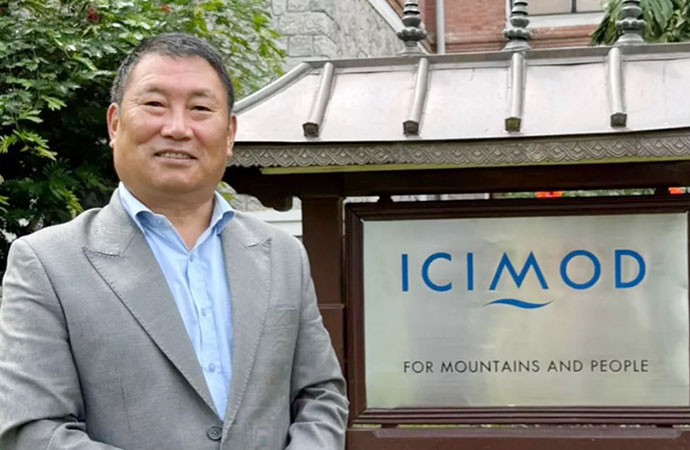

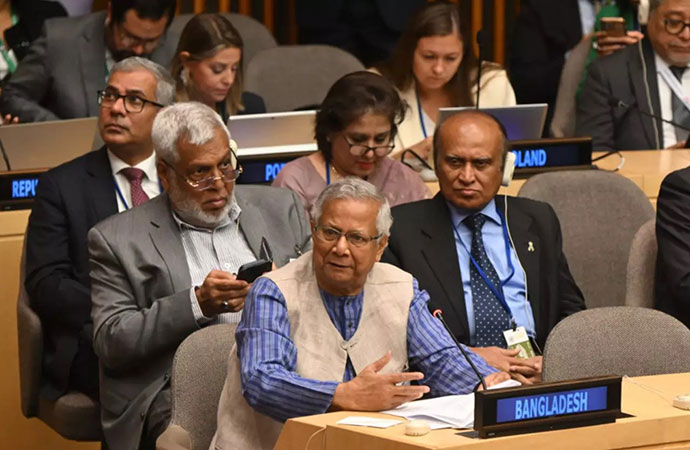
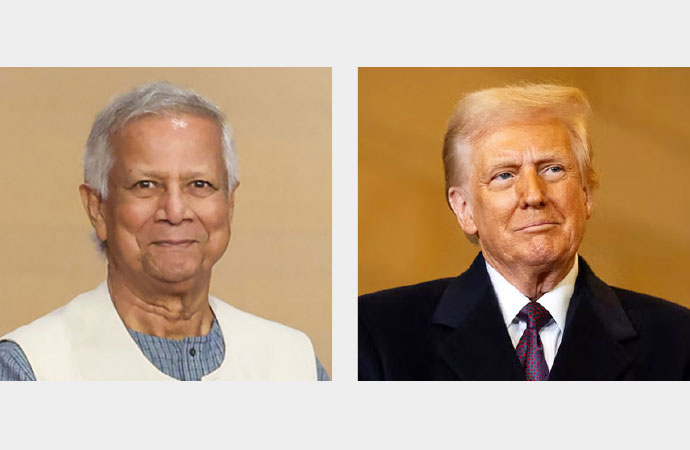


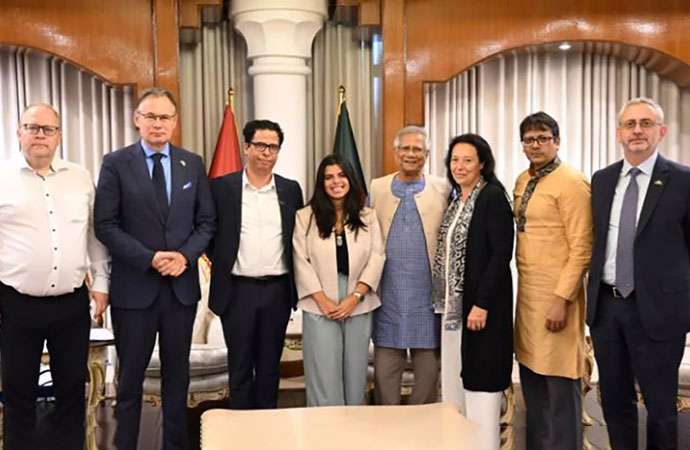



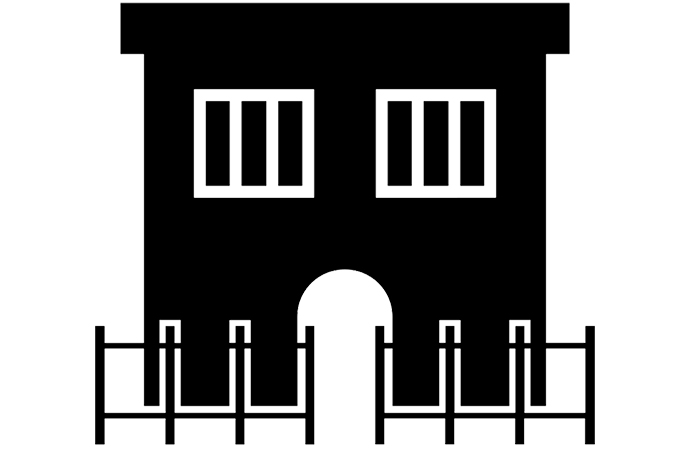

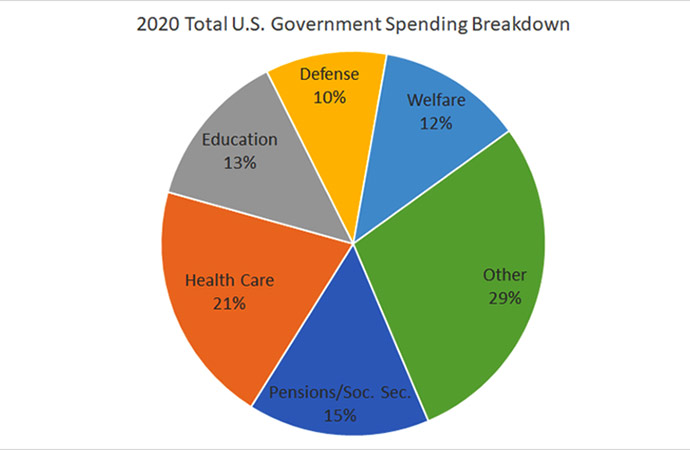
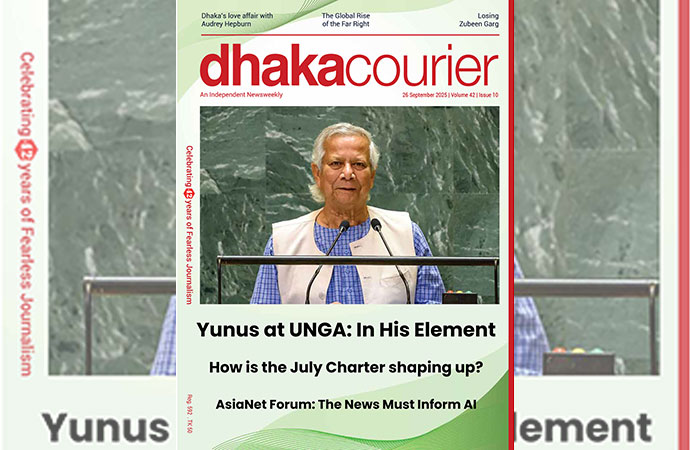

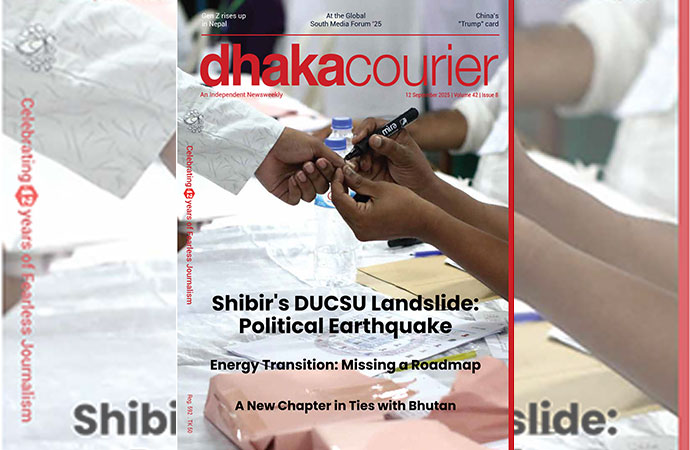
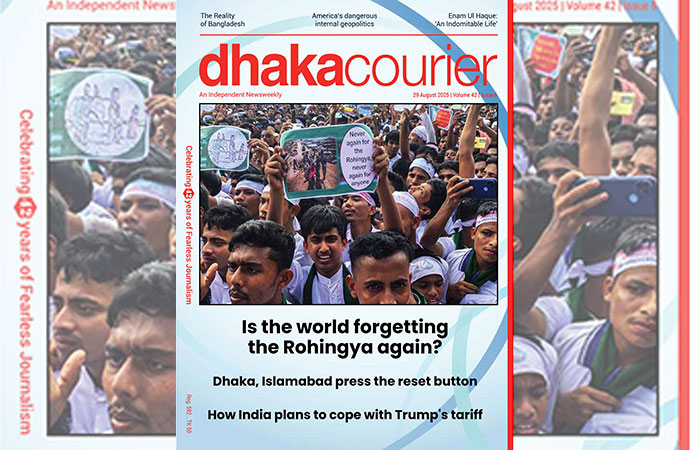

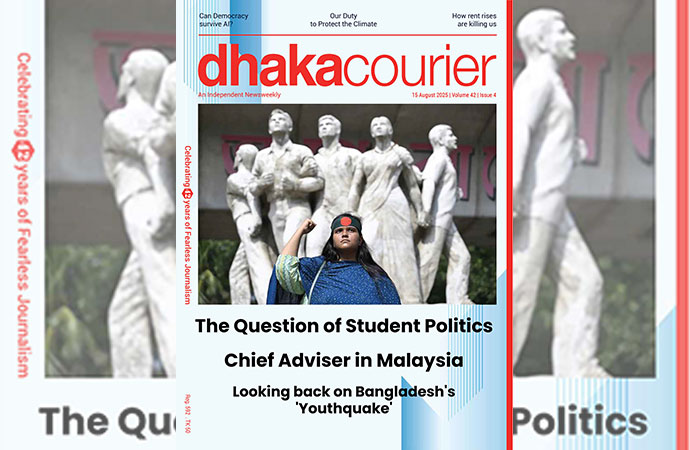
Leave a Comment
Recent Posts
Religion and Politics: A Toxic ...
At Dhaka University, cafeteria workers have been told not to wear shor ...
Enayetullah Khan joins AsiaNet ...
AsiaNet’s annual board meeting and forum was held in Singapore, ...
In a New York minute
Many leaders back a UN call to address challenges to ..
Defaulted loans at Non-Bank Financial Institutions ( ..
How the late Zubeen Garg embodied cultural affinitie ..